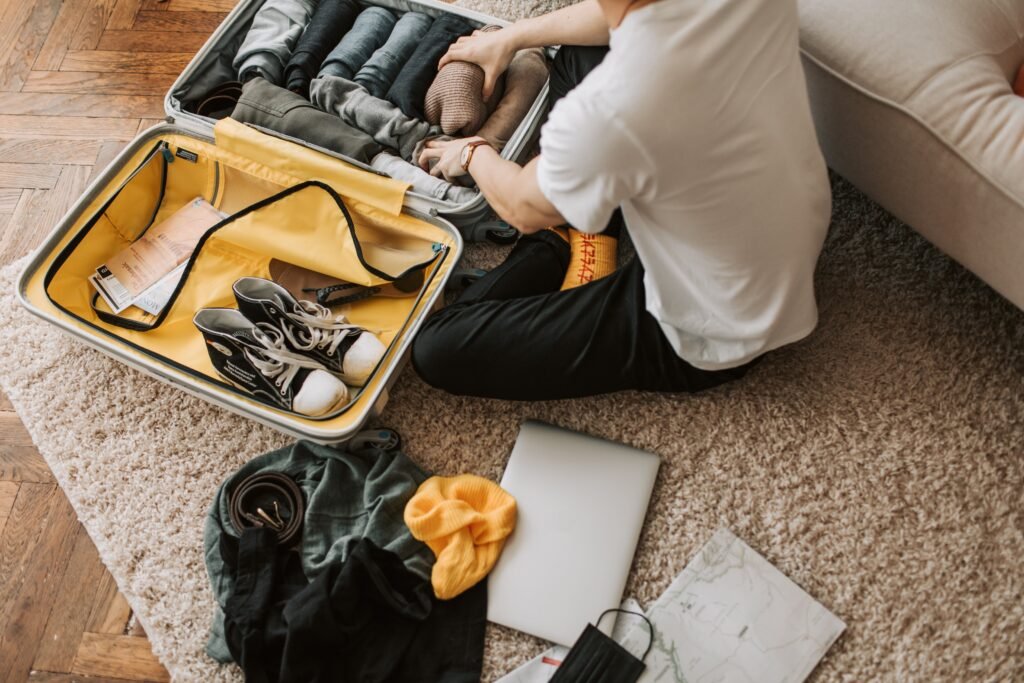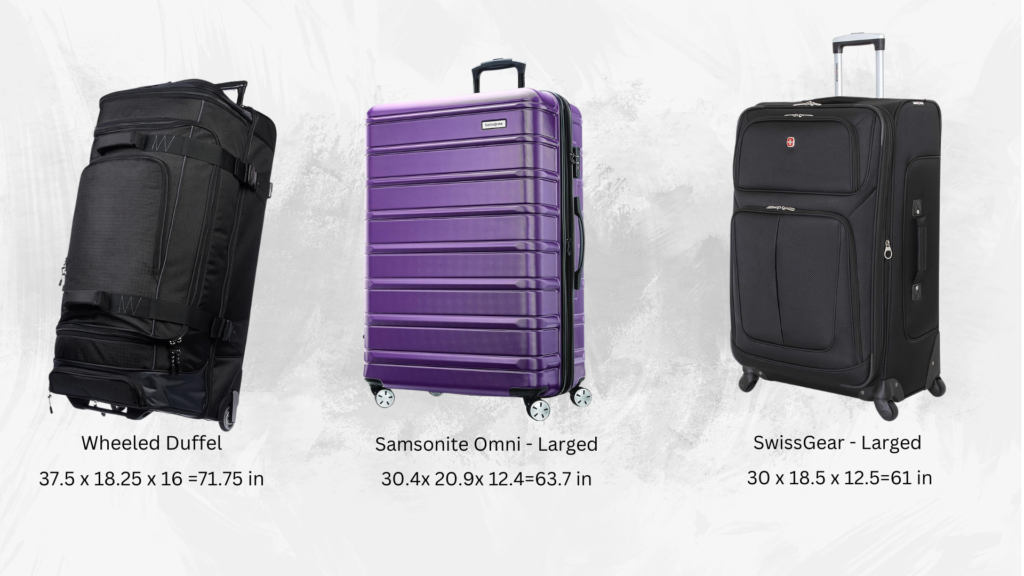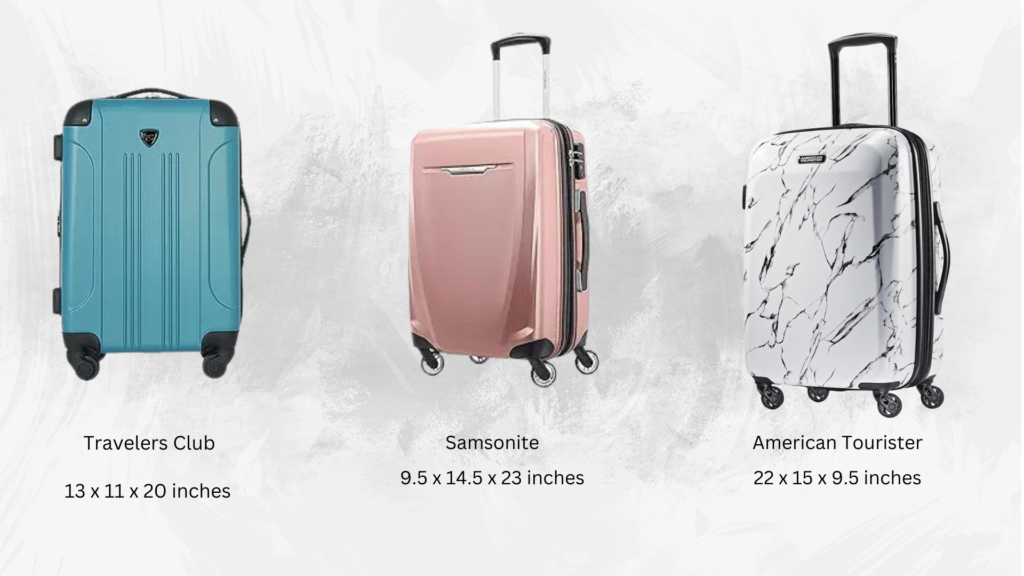
Embarking on an adventure shouldn’t have to break the bank, especially when it comes to managing luggage fees. In today’s travel landscape, where every penny counts, being savvy about your baggage can lead to significant savings. Our latest post delves into practical and cost-effective strategies to avoid those pesky luggage fees. From ensuring compliance with airline baggage policies to selecting the right travel gear, we’ve got you covered. Whether you’re a seasoned traveler or planning your first getaway, these tips will help you travel lighter, smarter, and more affordable. Let’s unpack these ideas together and make your next journey both memorable and budget-friendly!
Contents
Type of Luggage
Luggage fees stand out as a major expense many travelers overlook. It’s essential to understand the baggage allowances included in your flight ticket. Does it cover just a personal item, a carry-on, or a checked bag? It’s disheartening to see travelers faced with charges sometimes exceeding $100, merely because they weren’t aware of the baggage terms or failed to meet size and weight limits. To avoid these unexpected costs, always clarify what’s included in your ticket. For a clearer understanding, refer to this quick guide on typical airline baggage.
Checked Bags
- Definition: These are the larger bags that travelers check in before their flight. After being screened and processed, they are loaded into the cargo hold of the plane and retrieved at the destination’s baggage claim.
- Common Size & Weight: Most airlines typically allow checked bags to have a combined length, width, and height of up to 62 inches (157 cm). The weight limit usually falls between 50-70 lbs (23-32 kg) depending on the airline and class of service.
Some recommendations here(#CommissionsEarned):

You can also check my Amazon list of favorite checked bags here.
Opinion: Having traveled extensively for about 10 years, I can confidently say that I’ve never encountered issues with the size of checked bags. Whether they are a few inches more or less, I’ve seldom seen airline staff measure these bags. However, I’ve noticed that airlines are particularly strict about the weight of luggage
Carry-On
- Definition: A carry-on is a smaller bag that travelers can bring aboard the plane. It is stored in the overhead bin during the flight.
- Common Size: The majority of airlines permit carry-on bags with dimensions up to 22 x 14 x 9 inches (56 x 36 x 23 cm).
- Common Weight: Weight restrictions for carry-ons vary widely, but a typical limit is around 15-20 lbs (7-9 kg).
Some recommendations here(#CommissionsEarned):

You can also check my Amazon list of favorite carry-on bags here.
Personal Item
- Definition: This is an even smaller item, like a handbag, briefcase, or laptop bag. Travelers are allowed to keep it under the seat in front of them during the flight.
- Common Size: Most airlines allow personal items up to 18 x 14 x 8 inches (46 x 36 x 20 cm).
- Common Weight: While many airlines don’t explicitly set a weight limit for personal items, it’s wise to keep it light enough to easily lift and fit under the seat.
Some recommendations here(#CommissionsEarned):

You can also check my Amazon list of favorite personal items here.
Luggage Scale
After understanding the common baggage types and their restrictions, there’s another essential tip to dodge those unwanted luggage fees: investing in a luggage scale. Rather than waiting until you reach the airport, weighing your luggage at home can prevent last-minute scrambles to repack or face steep overage charges. We recommend opting for a trusted brand like Samsonite; their scales are durable and can serve you for many travels to come.
Some recommendations here(#CommissionsEarned):

You can also check my Amazon list of favorite luggage scales here.
Maximize Personal Items
Building on the idea of being prepared, my ultimate tip—and arguably the most cost-effective way to travel—is to journey without hefty luggage but with just a personal item. Notably, a personal item is often free on many airlines, especially low-cost carriers, while carry-ons and checked bags can come with sizable fees. It’s a common misconception to equate personal items with tiny packs suitable only for laptops or wallets. However, there’s an array of bags designed to maximize the standard personal item dimensions of 18 x 14 x 8 inches (46 x 36 x 20 cm). When chosen and packed wisely, these bags can fit almost as much as a standard carry-on.
Many global airlines, including recognizable names like Spirit, Frontier, Delta, and United, offer their most competitive ticket prices for passengers traveling with just a personal item. By effectively utilizing this allowance, travelers can save significantly on checked baggage fees, all the while enjoying the convenience of a lighter load. When selecting your bag, it’s crucial to prioritize both its lightweight construction and durability. Materials like nylon or polyester provide a great balance between ease of carry and resilience to the challenges of travel. Furthermore, bags with multiple compartments can be invaluable, promoting organization and optimizing the use of space.
Conclusion
To wrap up, the roadmap to cost-effective traveling is multifaceted: always verify the baggage size and weight requirements on your ticket; invest in a quality luggage scale for preemptive weighing; when feasible, travel exclusively with a personal item; and choose bags designed to exploit every inch of the personal item allowance. Adopting these strategies will not only ensure significant savings but also guarantee a smoother, more enjoyable travel experience.
Don’t forget to check my other travel tips here or travel guides. Happy journeys!
Interested in more travel essentials? Check my Amazon storefront: https://www.amazon.com/shop/yotraveling

1 thought on “Affordable Ways to Travel: How to Avoid Luggage Fees”